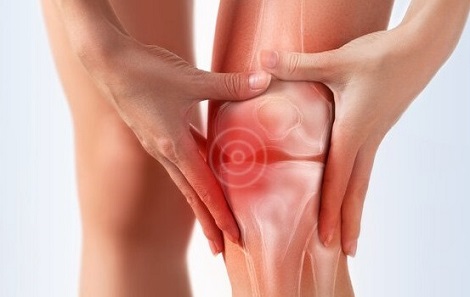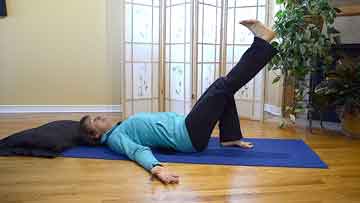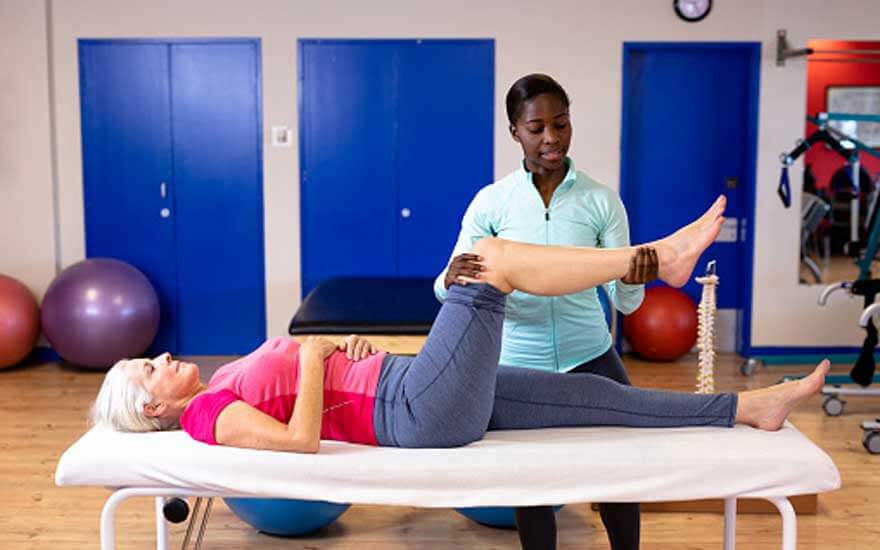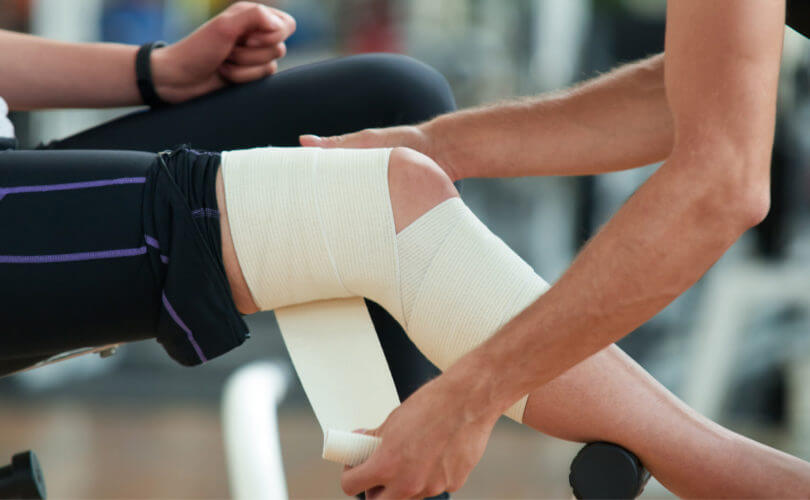Physical therapy is an essential part of rehabilitation and recovery for many individuals. However, for those with disabilities or physical limitations, accessing physical therapy can be a challenge. In recent years, there has been a growing movement towards inclusive fitness, making physical therapy accessible to all individuals regardless of their abilities. In this article, we will explore the concept of inclusive fitness and its importance, as well as strategies for making physical therapy more inclusive for all.
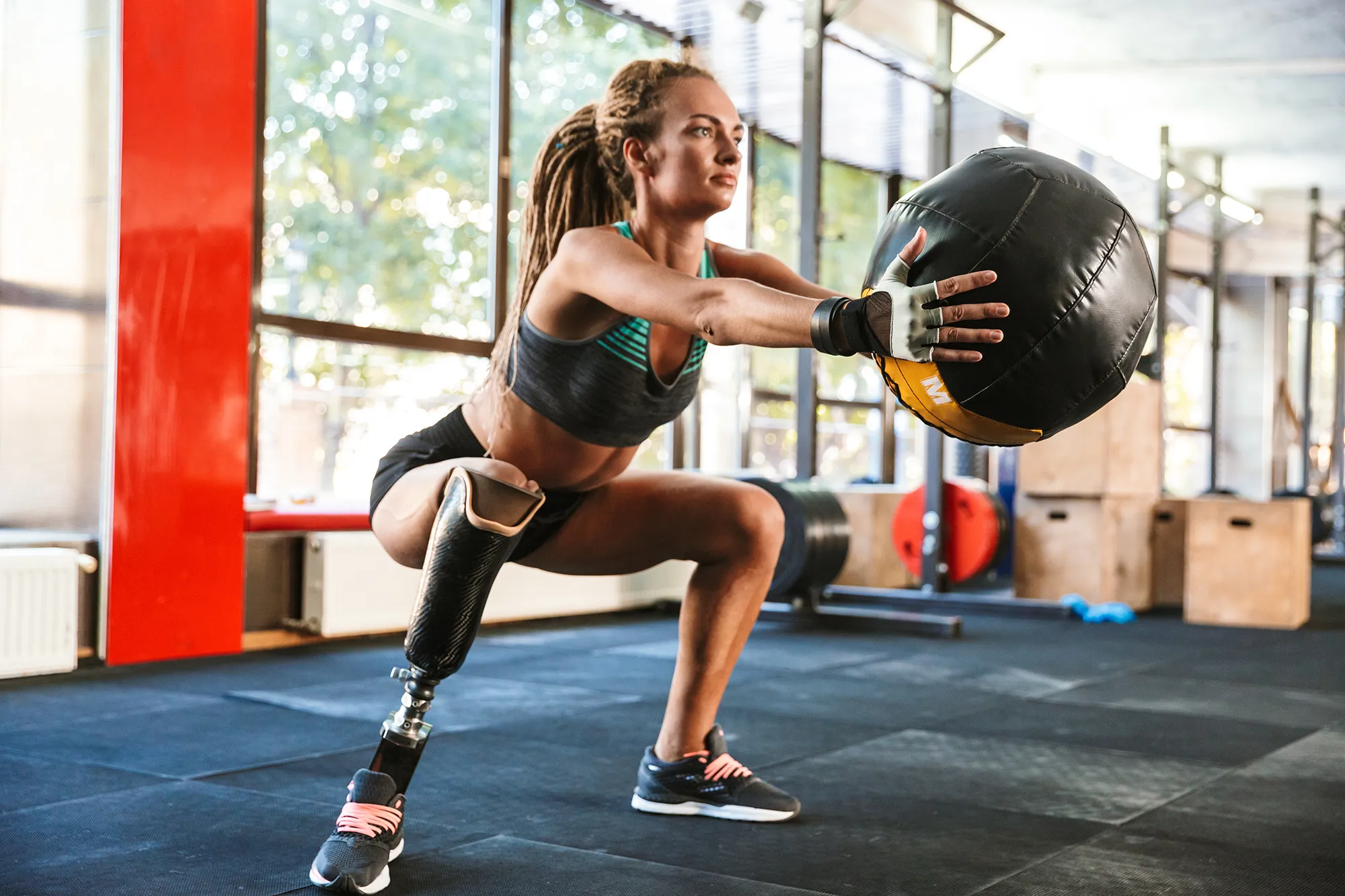
What is Inclusive Fitness?
Inclusive fitness, also known as universal fitness, is the idea that fitness and physical activity should be accessible to all individuals, regardless of their abilities or limitations. This includes individuals with disabilities, chronic illnesses, or other physical limitations. Inclusive fitness aims to create an environment where everyone can participate in physical activity and reap the benefits of exercise.
The Importance of Inclusive Fitness
Inclusive fitness is important for several reasons. First and foremost, physical activity is essential for overall health and well-being. It can help prevent chronic diseases, improve mental health, and increase overall quality of life. By making fitness accessible to all individuals, we can improve the health and well-being of our communities.
Inclusive fitness also promotes diversity and inclusivity. By creating an environment where individuals of all abilities can participate in physical activity, we are promoting a more inclusive and accepting society. This can help break down barriers and reduce stigmas surrounding disabilities and physical limitations.
The Current State of Physical Therapy
Unfortunately, physical therapy is not always accessible to individuals with disabilities or physical limitations. Many physical therapy facilities are not equipped to accommodate individuals with mobility impairments or other disabilities. This can make it difficult for these individuals to receive the care they need.
Additionally, there is a lack of diversity in the physical therapy field. According to the American Physical Therapy Association, only 3.2% of physical therapists identify as having a disability. This lack of representation can make it difficult for individuals with disabilities to feel comfortable seeking physical therapy services.
Strategies for Making Physical Therapy More Inclusive
There are several strategies that physical therapy facilities can implement to make their services more inclusive for individuals with disabilities or physical limitations.
Accessibility Modifications
The first step in making physical therapy more inclusive is to ensure that the facility is accessible to individuals with disabilities. This may include installing ramps, widening doorways, and providing accessible equipment. It is also important to have accessible parking spaces and entrances for individuals with mobility impairments.
Training and Education
Physical therapists and other staff members should receive training and education on how to work with individuals with disabilities. This may include learning about different types of disabilities, communication strategies, and how to modify exercises for individuals with physical limitations. By providing this training, physical therapy facilities can ensure that all staff members are equipped to work with individuals of all abilities.
Inclusive Equipment and Exercises
Inclusive fitness equipment and exercises are designed to accommodate individuals with disabilities or physical limitations. This may include equipment that can be used from a seated position, or exercises that can be modified for individuals with mobility impairments. By incorporating inclusive equipment and exercises into physical therapy sessions, individuals of all abilities can participate and benefit from physical activity.
Partnering with Community Organizations
Partnering with community organizations that serve individuals with disabilities can also help make physical therapy more inclusive. These organizations may have resources and expertise that can assist physical therapy facilities in creating a more inclusive environment. They may also be able to provide referrals for individuals who are seeking physical therapy services.
Real-World Examples of Inclusive Fitness in Action
There are many organizations and facilities that are leading the way in inclusive fitness. One example is the National Center on Health, Physical Activity and Disability (NCHPAD), which provides resources and support for individuals with disabilities to participate in physical activity. They also offer training and education for fitness professionals to make their services more inclusive.
Another example is the Inclusive Fitness Coalition, which is a group of organizations and individuals dedicated to promoting inclusive fitness. They offer resources and support for fitness facilities to make their services more accessible to individuals with disabilities.
The Role of Physical Therapists in Promoting Inclusive Fitness
Physical therapists play a crucial role in promoting inclusive fitness. As healthcare professionals, they have the opportunity to advocate for and provide services to individuals with disabilities or physical limitations. By incorporating inclusive practices into their work, physical therapists can help make physical therapy more accessible to all individuals.
Conclusion
Inclusive fitness is an important concept that promotes accessibility and inclusivity in physical activity. By making physical therapy more inclusive, we can improve the health and well-being of individuals with disabilities or physical limitations. By implementing strategies such as accessibility modifications, training and education, and partnering with community organizations, physical therapy facilities can create a more inclusive environment for all individuals. As physical therapists, it is our responsibility to promote and advocate for inclusive fitness, making physical therapy accessible to all.

